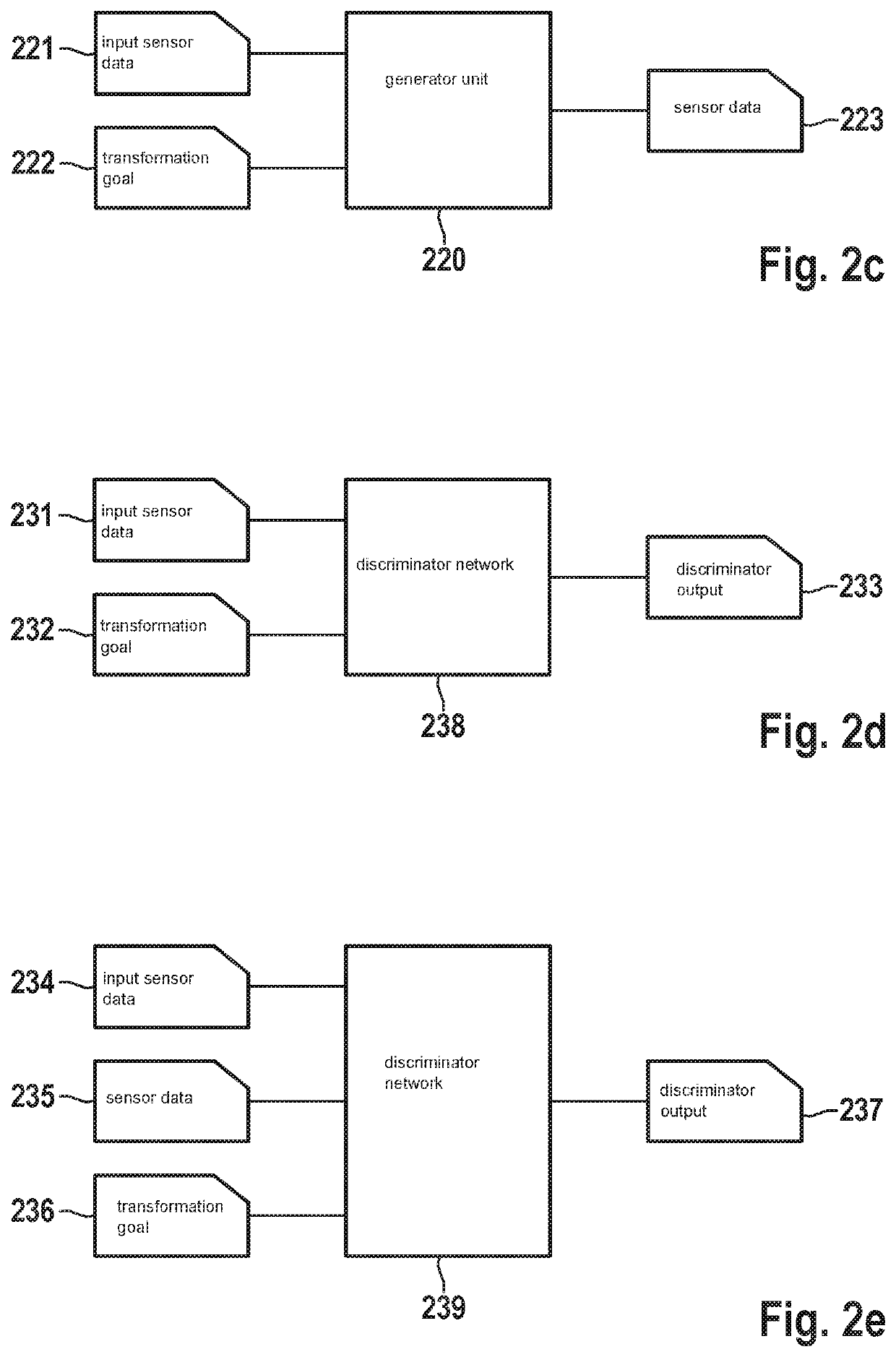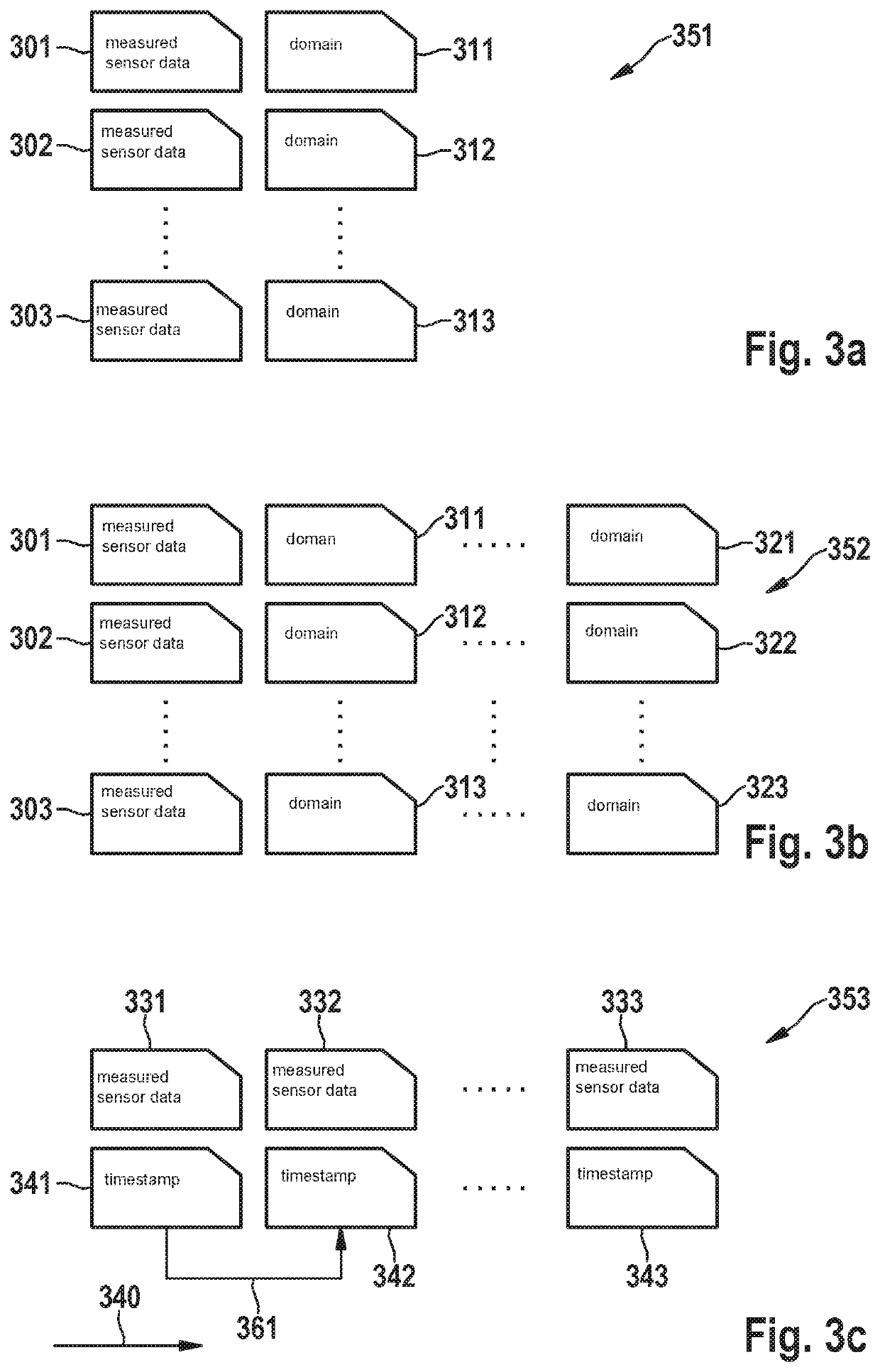Training system for training a generator neural network
a neural network and training system technology, applied in the field of training system for training a generator neural network, can solve the problems of inability to do any transformation out of the scope of the two domains, training is not only cumbersome and computationally expensive, and inability to achieve training stability and imbalance, so as to improve the training of the network, avoid training instability and imbalance, and increase the number of transformation goals
- Summary
- Abstract
- Description
- Claims
- Application Information
AI Technical Summary
Benefits of technology
Problems solved by technology
Method used
Image
Examples
Embodiment Construction
[0134]While the present invention is susceptible of embodiments in many different forms, there are shown in the figures and will herein be described in detail one or more specific example embodiments, with the understanding that the present disclosure is to be considered as exemplary of the present invention and not intended to limit the present invention to the specific embodiments shown and described.
[0135]In the following, for the sake of understanding, elements of embodiments are described in operation. However, it will be apparent that the respective elements are arranged to perform the functions being described as performed by them.
[0136]Further, the present invention is not limited to the embodiments, and the present invention lies in each and every novel feature or combination of features described herein or described mutually separately.
[0137]In an example embodiment, the training system comprises two networks: the generator G and the discriminator D, that play a competing ...
PUM
 Login to View More
Login to View More Abstract
Description
Claims
Application Information
 Login to View More
Login to View More - R&D
- Intellectual Property
- Life Sciences
- Materials
- Tech Scout
- Unparalleled Data Quality
- Higher Quality Content
- 60% Fewer Hallucinations
Browse by: Latest US Patents, China's latest patents, Technical Efficacy Thesaurus, Application Domain, Technology Topic, Popular Technical Reports.
© 2025 PatSnap. All rights reserved.Legal|Privacy policy|Modern Slavery Act Transparency Statement|Sitemap|About US| Contact US: help@patsnap.com



